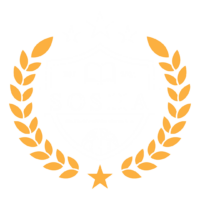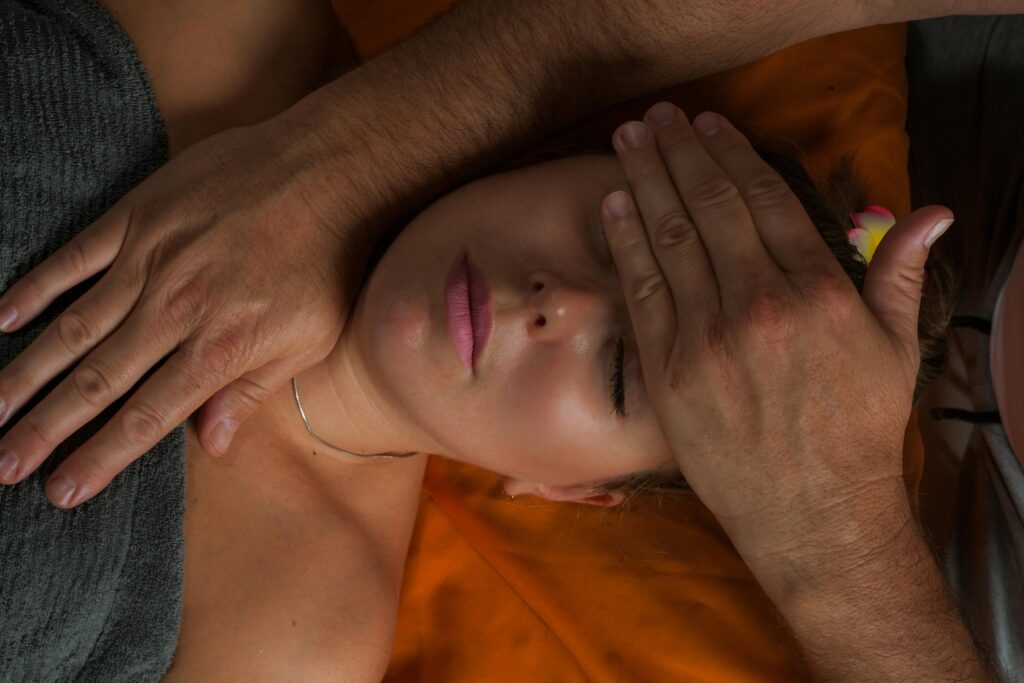If you’re here, it’s likely because you’ve felt a calling—a deep, inner nudge toward a path of healing and spiritual growth. Usui Reiki, a timeless and profound practice, offers a way to channel universal life force energy to support healing, balance, and transformation. At The School of Spiritual Healing Arts, we believe that becoming a Usui Reiki practitioner is not just about acquiring a skill, but about stepping into a life of purpose and connection. Here’s how you can embark on this journey with us.
1. Grounding Yourself in the Foundations of Usui Reiki
Before you begin your formal training, it’s important to understand the essence of Usui Reiki. This practice, founded by Dr. Mikao Usui in the early 20th century, is rooted in the belief that an unseen life force energy flows through us all. When this energy is low, we’re more susceptible to illness and stress; when it’s high, we’re more capable of happiness and health. At The School of Spiritual Healing Arts, we emphasize the importance of this foundational knowledge as it shapes your entire practice.
2. Choosing the Right Mentor
Your journey to becoming a Usui Reiki practitioner starts with finding the right mentor. At The School of Spiritual Healing Arts, our Reiki Masters are not only experienced practitioners but also dedicated guides who will support you through every step of your journey. It’s essential to choose a mentor whose energy resonates with yours, someone who you feel truly understands your path and can help you navigate it with wisdom and compassion.
3. Begin Your Training with Usui Reiki Level 1 (Shoden)
The first formal step in your training is Usui Reiki Level 1, or Shoden. This introductory level focuses on self-healing and healing others at a basic level. Under the guidance of our skilled instructors at SOSHA, you’ll learn the fundamental hand positions, techniques for self-Reiki, and the principles that form the heart of the Usui Reiki practice. This level is designed to open your energy channels and deepen your connection to the universal life force energy.
4. Cultivate Your Practice with Consistent Application
Practice is key to mastering Reiki. After completing your Level 1 training, it’s crucial to integrate Reiki into your daily life. Start by performing self-Reiki sessions regularly. At SOSHA, we encourage our students to keep a journal of their experiences and insights as they practice, helping you to track your progress and deepen your connection to the energy. Practice with friends, family, and even pets to expand your comfort and proficiency.
5. Deepen Your Skills with Usui Reiki Level 2 (Okuden)
When you’re ready to advance, Usui Reiki Level 2 (Okuden) awaits. This level, often referred to as the practitioner level, is where you’ll learn the sacred Reiki symbols—tools that amplify your healing power and allow you to perform distance healing. At SOSHA, we ensure that our students are not only knowledgeable but also deeply connected to the spiritual aspects of these symbols. Level 2 training also covers techniques for emotional and mental healing, expanding your ability to support others on their healing journeys.
6. Ethical Practice and Professional Development
As you prepare to offer Reiki professionally, it’s important to consider the ethical aspects of being a Reiki practitioner. At The School of Spiritual Healing Arts, we provide guidance on professional boundaries, client confidentiality, and the ethical considerations that come with healing work. Whether you choose to pursue certification or continue your practice informally, understanding these principles is key to maintaining integrity in your work.
7. Mastering the Art with Usui Reiki Level 3 (Shinpiden)
For those called to mastery, Usui Reiki Level 3, or Shinpiden, is the next step. This level is for those who wish to embody Reiki at the highest level and possibly teach others. At SOSHA, we approach this training with deep reverence, guiding our students through the Master symbol and advanced techniques. Shinpiden is not just about acquiring new skills; it’s about fully embracing the spiritual path of Reiki, living its principles daily, and preparing to guide others on their journeys.
8. Creating Your Sacred Healing Space
As you progress, creating a dedicated space for your Reiki practice becomes essential. At SOSHA, we teach our students how to cultivate a sacred environment that supports healing and connection. Whether it’s a corner of your home or a dedicated room, your space should reflect your intention and be filled with items that resonate with your energy, such as crystals, candles, and soft music.
9. Lifelong Learning and Community Connection
Your journey with Usui Reiki doesn’t end with certification. At The School of Spiritual Healing Arts, we foster a community of lifelong learners. Attend advanced workshops, join our Reiki circles, and stay connected with other practitioners to continually grow in your practice. The more you immerse yourself in the Reiki community, the richer your experience will be.
10. Sharing Your Light with the World
Finally, once you feel confident in your abilities, it’s time to share Reiki with the world. Whether you choose to offer Reiki sessions professionally or incorporate it into your personal life, your practice will have a ripple effect, bringing healing and peace to those you touch. At SOSHA, we believe in the power of Reiki to transform lives, and we’re honored to be part of your journey.
Becoming a Usui Reiki practitioner through The School of Spiritual Healing Arts is more than just acquiring a technique—it’s about embracing a way of life that honors the interconnectedness of all things. With each step you take on this path, you’re not only enhancing your own well-being but also contributing to the healing of others and the world around you. Welcome to the journey of a lifetime.
4o

